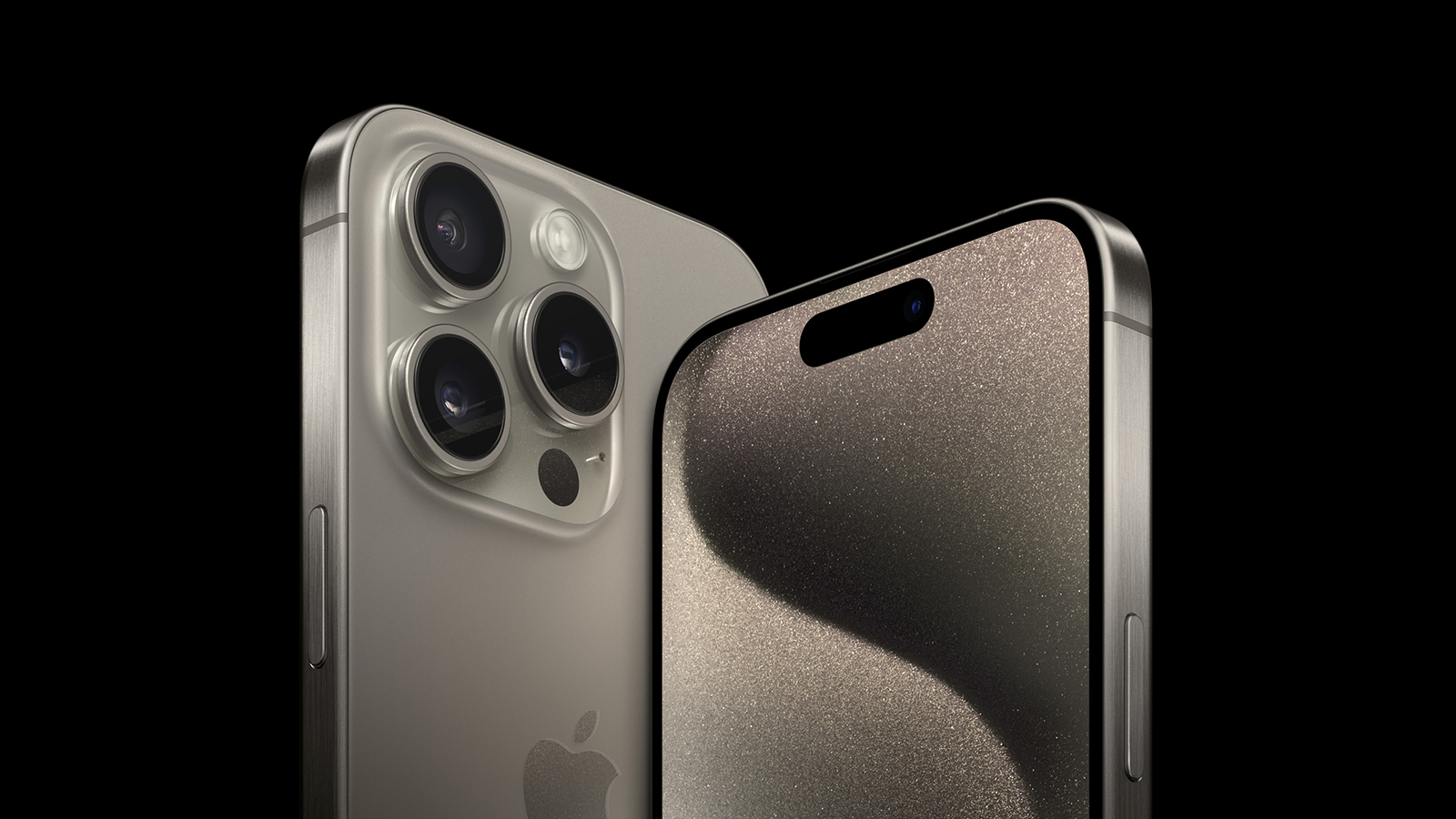
The iPhone 15 range was launched earlier this month. The new range brought with it a significant suite of upgrades, offering users greater options when making a purchase.
The dust has scarcely settled on that event, and already many are looking forward to the next iPhone. We've already heard rumours about the iPhone 16 sporting a new capacitive button, and now we've got more rumoured details about the chips which could power them.
That comes courtesy of MacRumors, who have sourced the information from Jeff Pu. Pu is an analyst who enjoys a tremendous reputation for this kind of leak, giving a good degree of credence to them, despite how early they've arrived.
According to the report, all four models in the iPhone 16 range will be upgraded to an A18 chip. That's most significant for the non-Pro variants, which look set to skip the A17 chip altogether.
According to Pu's information, all four models will utilise a 3nm processor. That was debuted on the iPhone 15 Pro Max this time out, and marks a significant upgrade in terms of power and efficiency.
However, in a bid to separate the two ranges, there will still be some differentiation. The Pro variants will utilise an A18 Pro chip, while the non-Pro variants will stick to the standard A18, according to the report. It's not yet clear what will differ between the two chips, though.
What is interesting is that all four models are said to use the N3E chip fabrication process. That's a newer way of manufacturing the processors than was used this time out, which is less expensive with a higher yield.
Get all the latest news, reviews, deals and buying guides on gorgeous tech, home and active products from the T3 experts
Of course, there is no guarantee that this will prove the case when the range gets unveiled. We're likely still the best part of a year away from that happening, which is as good as a century in the tech world. Plans can change, and designs which rumours are being based on now could look very different come the launch.
Still, it's an exciting prospect – particularly for the non-Pro variants. There, the benefits of the 3nm architecture will be felt strongly, having skipped over the first-generation chip. For now though, it could be worth taking with a pinch of salt.

Sam is an award-winning journalist with over six years of experience across print and digital media. As T3’s Senior Staff Writer, Sam covers everything from new phones and EVs to luxury watches and fragrances. Working across a range of different social media platforms alongside his written work, Sam is a familiar face for fans of T3. When he’s not reviewing snazzy products or hunting for stellar deals, Sam enjoys football, analog photography and writing music.
